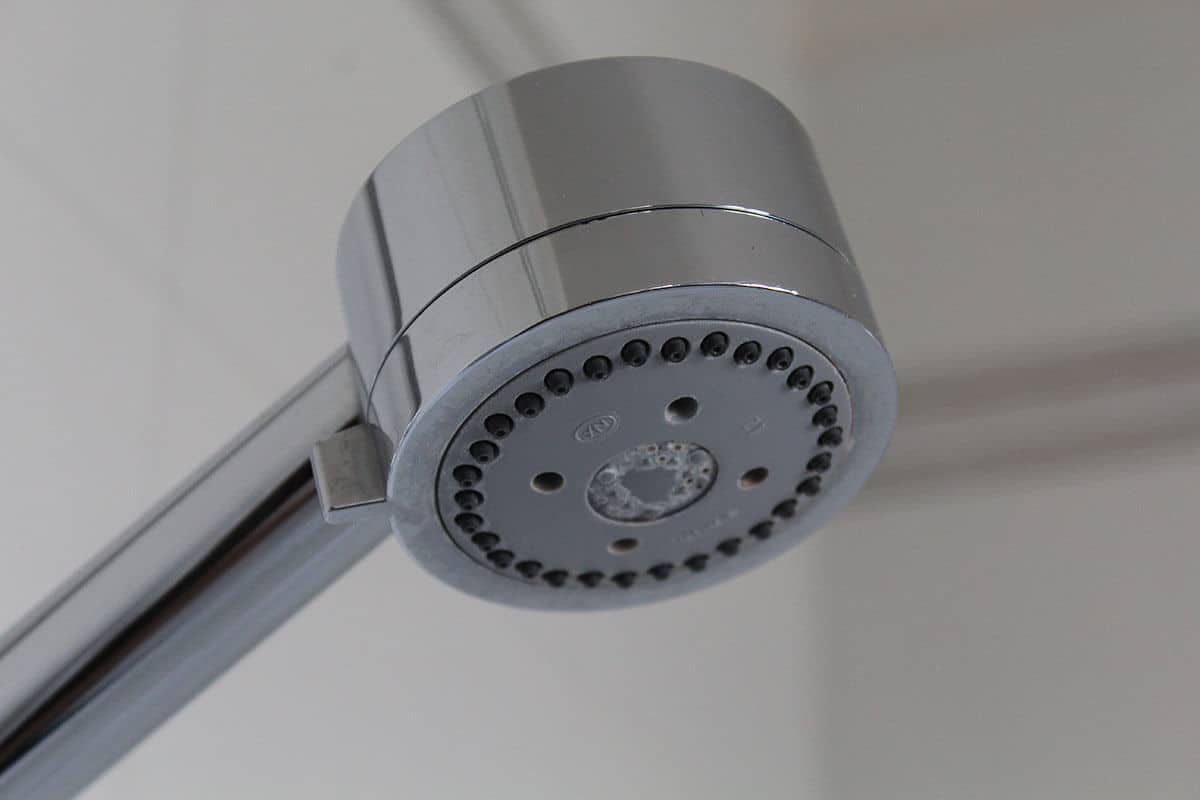Step One: Shut Off the Main Water Supply
If you don’t turn off the water supply, water will seep out while you’re working. It will make a mess and make it harder to see what you’re doing.
Step Two: Prepare the Surface
Put the bath plug in the drain and lay a towel over it. Don’t skip this step – if you drop any small parts, they may wash down the drain.
Step Three: Check the Screws First
When you remove the diverter’s faceplate, you may see screws. Sometimes these screws rattle loose over time, causing leaking. Tighten the screws, and then turn the water back on.
This action may fix the issue. If it doesn’t, switch off the water again and move onto the next step.
Step Four: Access the Valve
You’ll either have to loosen a setscrew or the spout itself, depending on the type of unit you have.
If You See a Setscrew
If there is a setscrew, it will be underneath the spout, adjacent to the wall. You’ll need a hex key to loosen and remove it. Once it’s loose, remove the spout.
If There’s No Visible Setscrew
Take a heavy-duty screwdriver and insert it into the opening of the spout. Turn the screwdriver counterclockwise. The action shifts the spout and loosens it. You should then be able to remove it easily.
Step Five: Get a Replacement
Go to a
hardware store or specialty plumbing store. Take the part with you to ensure that you get the correct replacement. Also, buy some thread seal tape if you don’t have any at home.
Step Six: Start the Repair
Wipe the threads on the spout and supply pipe with a clean cloth. Cleaning removes grease and grit that could interfere with the seal.
Wrap the thread-seal tape around the threads. You’ll need about two or three layers. The tape expands when you screw the threads together, filling in any gaps.
The result is a watertight seal.
Step Seven: Replace the Spout
Place the new part and secure it. If your model has a setscrew, tighten this. If you had to remove the spout, screw it back in using a clockwise motion.
Step Eight: Secure the Pipe
Wrap masking tape around each head of a pair of pliers. This buffer prevents the teeth from scratching the spout.
Tighten the spout using the pliers so that it’s secure on the pipe. It should be tight enough to be stable, but not overtightened.
Step Nine: Test Your Work
Engage the diverter to ensure that it moves freely into the on-and-off position. Now turn on the water at the mains and test your handiwork. There shouldn’t be any leaks if you followed the steps carefully, but it’s worth checking.
Look along the new joins to make sure that no moisture comes through. If moisture seeps out of the joins, tighten them slightly to improve the seal. If that still doesn’t work, you’ll have to remove the unit and reinstall it.
When you’re doing it this next time, remove the thread-tape and clean the residue off. Put new tape on and,this time, add an extra layer. When securing the diverter, make sure that you evenly catch the threads along the way.
Then tighten the join with the pliers one last time. You should see no liquid seeping out of the joined area.




